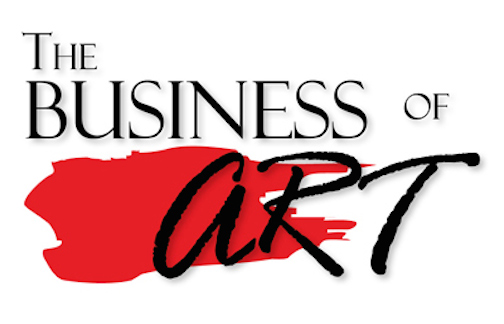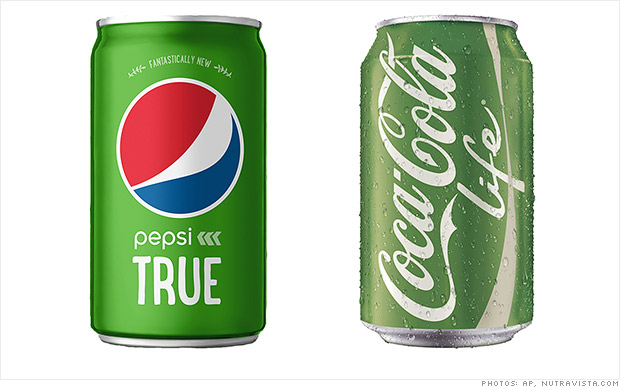“If the United Nations was fully funded why would we need the Arc or social enterprise”?
The quote, “Give a man a fish and you feed him for a day, teach a man how to fish, you feed him for a lifetime”, highlights the importance of initiatives like the Arc or social enterprises even if the United Nations was fully funded. The United Nations usually follows the path of traditional relief, which can be seen as “giving a man a fish”, since its programs usually offers temporary help in times of need and do not focus on the long term solutions. However, the Arc Initiative can be seen as “teaching a man to fish” since it focuses on the long term goals. They offer programs that develop leadership and business management skills. The skills developed could then be applied to an existing business or to start a new one, after they understand what is needed for their business to be successful, such as product or service differentiation.

Social enterprises do a similar job since they are solving problems, but through unique ways. Even though they still make a profit, money is not their top priority. Companies like 10 Tree Apparel make a profit, however, their differentiation factor is that they plant ten trees for every item sold. If the United Nations was fully funded, they could just plant their own trees, but companies like 10 Tree Apparel allow consumers to understand why they believe their goals is important and spread the message to consumers better.
Sources:
http://skollworldforum.org/about/what-is-social-entrepreneurship/
http://www.sauder.ubc.ca/Global_Reach/ARC_Initiative/About_ARC
Images:
http://prairiefoxweb.com/wp-content/uploads/2014/01/ten-tree-brand-story-300×300.jpg
http://www.sauder.ubc.ca/Global_Reach/ARC_Initiative/~/media/7709ACA7C07A4EEC8AABC811569677B5.ashx




